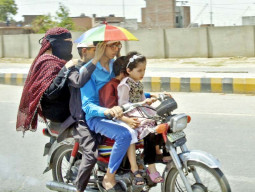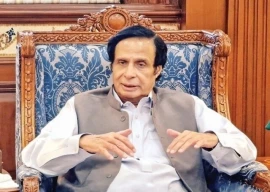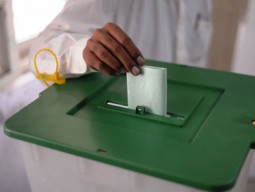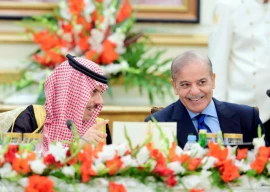
MULTAN: In a bid to conserve and restore eight historical buildings in South Punjab under the Annual Development Plan 2018-19, the Multan Archaeology Department has sent proposals to the relevant authorities. As part of the initial assessment, the tentative cost for the conservation of eight buildings would be around Rs170 million, officials told The Express Tribune.
The historical buildings included tomb of Hazrat Sheikh Saddan Shaheed in Muzaffargarh, the tomb of Fateh Khan Joiya in Fatehpur, Vehari District, the shrine of Hazrat Sultan Manjhan in Muzaffargarh, Harand Fort in Rajanpur District, the tomb of Hazrat Sheikh Ladhu in Muzaffargarh, the palace of Nawab Muzaffar Khan Saddozai in Shujabad (Multan), the tomb of Shah Hussain Saddozai in Multan, and the tomb of king Tahir Khan Nahar in Muzaffargarh. These sites have been lying in ruins for a considerable period of time.
Preserving history: 16 more buildings in Lahore to be ‘protected’
The shrine of Shah Hussain Saddozai is located near Abdali Masjid, Multan. Shah Hussain Saddozai was the first of the Saddozai rulers to reach Multan in 1652. He built a mosque and a palace called Shish Mahal which was surrounded by a garden. However, the structure does not exist today.
The renovation project, once approved, would be completed in three years at a cost of nine million rupees.
The tomb of Sheikh Saddan Shaheed is located about 35-km from Muzaffargarh towards the north in a graveyard on the fringes of sand dunes in wet areas. The saint buried there is believed to be a descendent of Tamim Ansari, one of the companions of the Prophet (Peace Be Upon Him).
His ancestors came to Multan with Muhammad Bin Qasim.
The tombstone on the grave indicates that the monument belonged to Sheikh Saddan Shaheed (674 A.H.).
Harand Fort is located in Rajanpur, about 60-km west of Jampur to Dajal Town and on the border of Punjab and Balochistan.
It has been facing decay for some time, while the cost of renovation has been assessed at Rs90 million. The fort was originally built opposite historic Chachar Passin Suleman Range. The fading signs of the edifice are still there in the form of debris and bricks scattered around the old site.
In 1831, Sikh Governor Sawan Mal used the material of the old fort and rebuilt it at a new location. The fort had seen three different eras, including the Hindu, the Macedonian and the Muslim periods.
The tomb of Hazrat Sheikh Ladhu belongs to the Salateen period and resembles the tomb of Hazrat Bahauddin Zakariya in Multan. It is located about 20-km from Muzaffargarh towards the north-west. The project is proposed to be completed in two years and the cost has been assessed at around Rs15 million.
Similarly, the palace of Nawab Muzaffar Khan Saddozai has been in a shambles inside the historical fortification wall of Shujabad.
Shujabad fortification wall has already been conserved and the rest was left unattended due to encroachment. The cost of the project has been assessed at around Rs25million and it would be completed in a two-year period, subject to final approval by provincial government.
The tomb of Fateh Khan Joyia is located in Fatehpur Village. The village is named after Fateh Khan Joiya. The cost of the project has been assessed at Rs8 million and it will be completed in two years.
The tomb of Hazrat Sultan Manjhan is located in Muzaffargarh Districd. It is located about 30 km from Muzaffargarh towards the north in a village that is named after him – Manjhan Sultan. In Seraiki language, a ‘majh’ is a buffalo and it is believed that the saint had saved them from cattle lifters. The proposed restoration would completed in a year at a cost of Rs7 million.
The tomb of Tahir Khan Nahar, once the king of Seetpur, is located 120 km from Muzaffargarh City. Called ‘Sakhi’ or liberal, Tahir Khan built the tomb and mosque in Seetpur at the end of 15th century. The renovation project would be completed in two years at a cost of Rs7 million.
Published in The Express Tribune, June 1st, 2018.




























































COMMENTS
Comments are moderated and generally will be posted if they are on-topic and not abusive.
For more information, please see our Comments FAQ